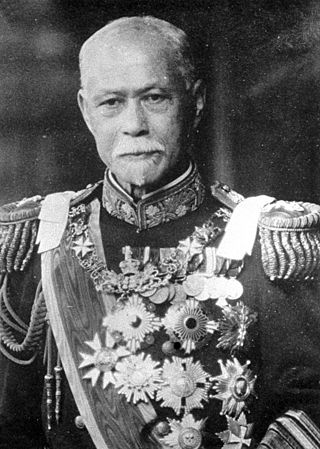
Yamamoto Gonbee, also called Gonnohyōe, was an admiral in the Imperial Japanese Navy and twice Prime Minister of Japan from 1913 to 1914 and again from 1923 to 1924.

GensuiCount Terauchi Masatake, GCB, was a Japanese military officer and politician. He was a Gensui in the Imperial Japanese Army and the Prime Minister of Japan from 1916 to 1918.
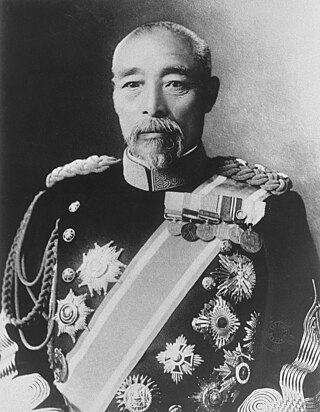
CountOku Yasukata was a Japanese field marshal and leading figure in the early Imperial Japanese Army.

ViscountUehara Yūsaku was a field marshal in the Imperial Japanese Army. His wife was a daughter of General Nozu Michitsura. He was the founder of the Imperial Japanese Army Engineering Corps.
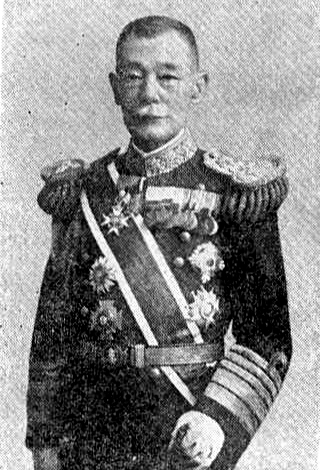
BaronYamashita Gentarō was an admiral in the early Imperial Japanese Navy.

BaronYashiro Rokurō was an admiral in the Imperial Japanese Navy and Navy Minister, succeeding the last of the Satsuma-era naval leaders of the early Meiji period.

Marshal Admiral ViscountInoue Yoshika was a career naval officer and admiral in the Imperial Japanese Navy during Meiji-period Japan.
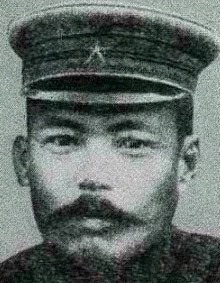
Yuhi Mitsue was a general in the Imperial Japanese Army during the First Sino-Japanese War and Russo-Japanese War.
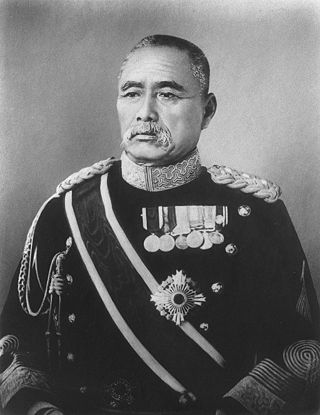
General Count Sakuma Samata was a general in the Imperial Japanese Army, and 5th Governor-General of Taiwan from 11 April 1906 to May 1915. He participated in domestic conflicts, wars with Russia and was a leader of the expedition of Taiwan.

Baron Oka Ichinosuke was a lieutenant general in the Imperial Japanese Army and Minister of War during World War I.

Baron Ōshima Ken'ichi was a general in the Imperial Japanese Army and Army Minister during World War I. His son, Hiroshi Ōshima was a lieutenant general in the Imperial Japanese Army, and served as Japanese ambassador to Nazi Germany.

Viscount Ōshima Yoshimasa was a general in the early Imperial Japanese Army during the First Sino-Japanese War and the Russo-Japanese War. His great-great-grandson, Shinzō Abe was Prime Minister of Japan.
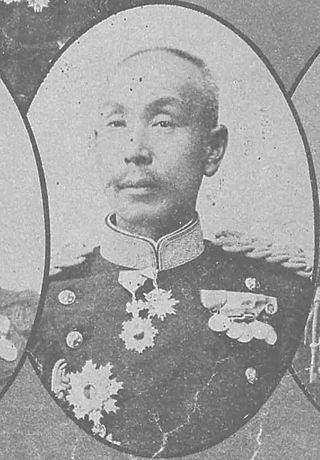
ViscountOgawa Mataji was a general in the early Imperial Japanese Army. He was also the father-in-law of Field Marshal Gen Sugiyama.

BaronŌkubo Haruno was a general in the early Imperial Japanese Army.

Baron Samejima Shigeo was a general of the Imperial Japanese Army during the Russo-Japanese War.

Baron Tsukamoto Katsuyoshi was a lieutenant general in the early Imperial Japanese Army.
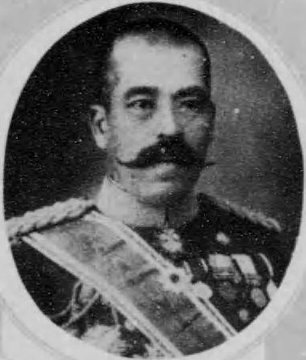
Baron Uchiyama Kojirō was a general in the early Imperial Japanese Army.
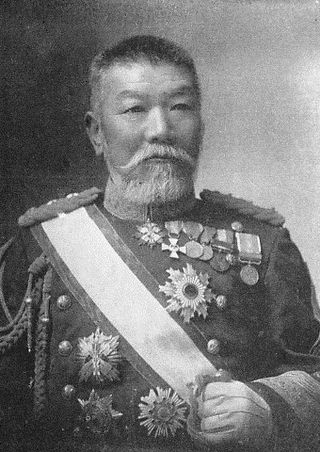
Ōsako Naoharu was a general in the early Imperial Japanese Army. He was the older brother of General Ōsako Naomichi.

Viscount Ōshima Hisanao was a general in the early Imperial Japanese Army.

Baron Ōi Shigemoto was a Japanese general who commanded the 12th Division of the Imperial Japanese Army during the Siberian Intervention.

























